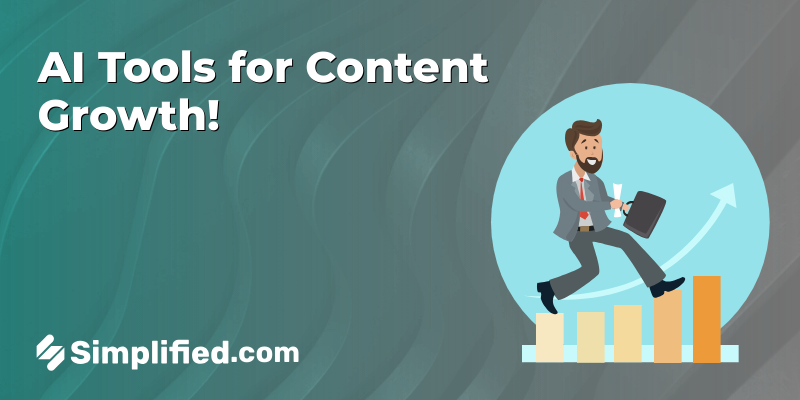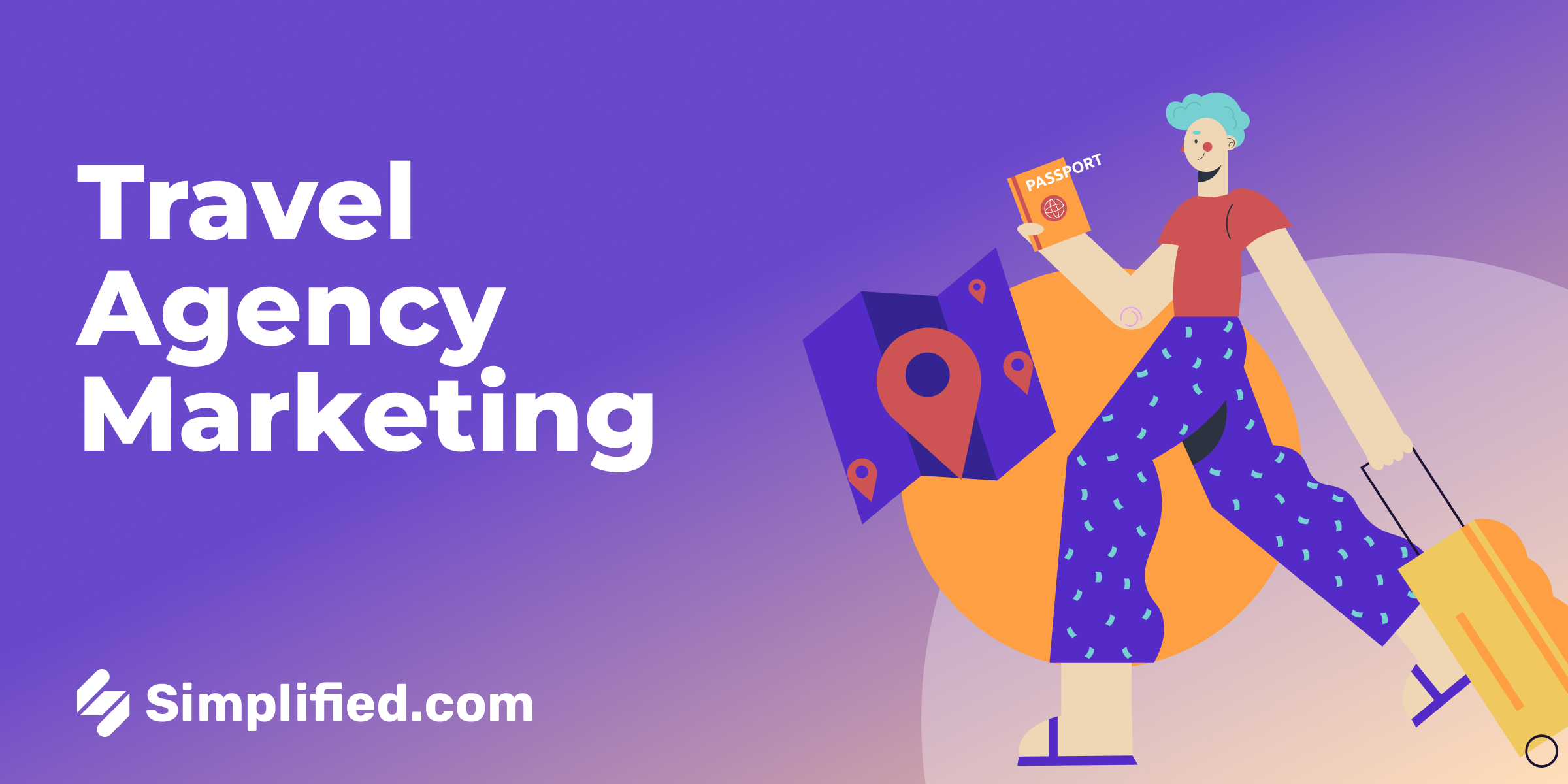
At one point, like many of Nepal’s youth, we considered leaving the country to seek opportunities abroad. But there was another side to that coin—a chance to stay and be among the 10% of young people actually making a difference from within. We were tired of the way things were done in the travel industry and wanted to create something travel agency marketing ideas, something that reflected our vision of how travel experiences should be.
With this determination, we decided to stay and build a business that would offer travelers a chance to see the world as we see it. We wanted to smooth out the bumps we encountered in our own explorations and help others have an even better experience. While running a trekking agency was new for me, my co-founder, Pradeep, brought three years of experience from another trekking agency. Together, it was a perfect fit.
So, with a lot of enthusiasm, a good amount of courage, Rs. 1,000, and a cup of tea, we took the plunge and started Magical Nepal.
The Way We Work: A Collaborative and Flexible Approach
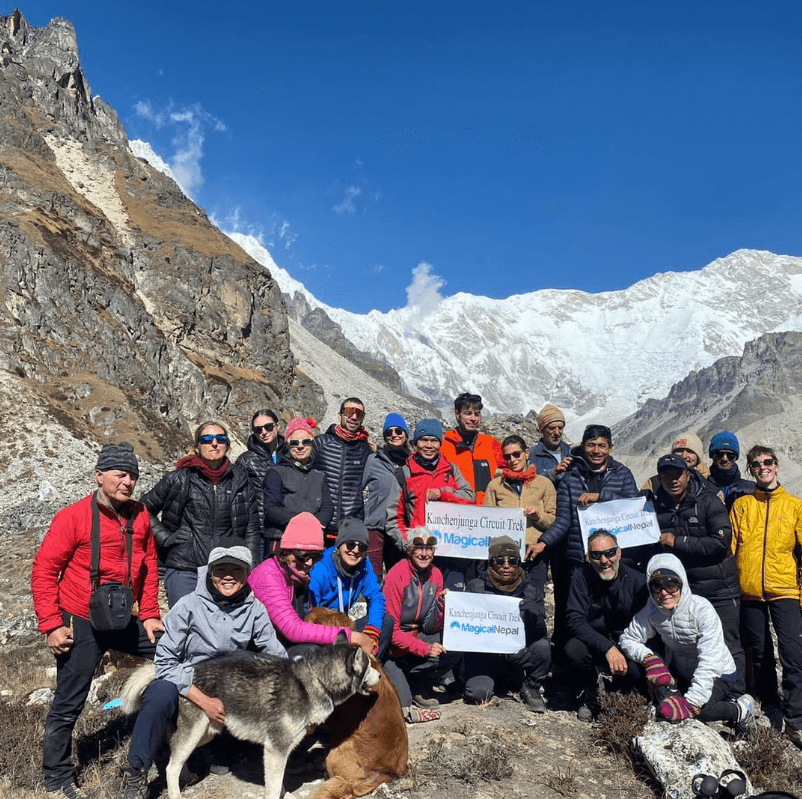
Today, Magical Nepal is a family of 20 people, all dedicated to creating the best possible experiences for our clients. We believe in an open exchange of ideas between our team and our clients, which allows us to constantly innovate and improve. Our team hierarchy is flat—everyone is equal here. We also value flexibility in our work environment, which means our team knows when to give 100% and when to relax to maintain a healthy work-life balance.
Personal contact remains one of our highest priorities. We ensure that every email is answered and every request is taken seriously because we know that understanding and meeting our clients’ needs is the key to creating unforgettable trekking experiences.
8 Tips for Building a Successful Business That’s Customer Centric
Building a business from the ground up is a challenging yet rewarding journey. Here are some key tips based on our experiences with Magical Nepal:
1. Leverage Digital Marketing Early
Digital marketing is crucial for any business, especially when starting out. Focus on building a strong online presence through social media, content marketing, and SEO. Utilize tools like Social Media Analytics to track your progress and adjust your strategies as needed. Engage with your audience on platforms where they spend their time, whether that’s Instagram, Facebook, or LinkedIn.
Pro Tip: Start a blog on your website to share your expertise and attract organic traffic. It’s a long-term investment that pays off by building trust and authority in your industry.
2. Scale Smartly
Scaling a business is exciting but can be overwhelming. It’s essential to grow at a pace that your team can handle without compromising the quality of your service. Use project management tools like Trello or Asana to keep track of tasks and deadlines. Automation tools can help manage repetitive tasks, freeing up time for strategic thinking.
Pro Tip: Consider outsourcing non-core activities like accounting or support, so you can focus on what you do best—delivering exceptional experiences to your clients.
3. Invest in the Right Tools for Small Teams
For small teams, the right tools can make all the difference. Customer relationship management (CRM) systems like HubSpot or Zoho can help manage client interactions and streamline sales processes. Communication tools like Slack can enhance collaboration, especially if your team is remote or distributed. Use design tools that offers quick edit templates, video editor and AI writer so your content game remains strong and consistent.
Pro Tip: Look for tools that offer integration with other platforms you use. This ensures a seamless workflow and reduces the chances of information getting lost between different systems.
4. Prioritize Brand Design and Identity

Your brand is more than just a logo; it’s the story you tell and the emotions you evoke. Invest time in creating a strong brand identity that reflects your values and resonates with your target audience. Tools like Canva or Adobe Spark are great for designing professional-looking graphics even if you’re not a design expert.
Pro Tip: Consistency is key—ensure that your branding is uniform across all platforms, from your website to social media profiles, to build a cohesive brand image.
5. Personalize Customer Experiences
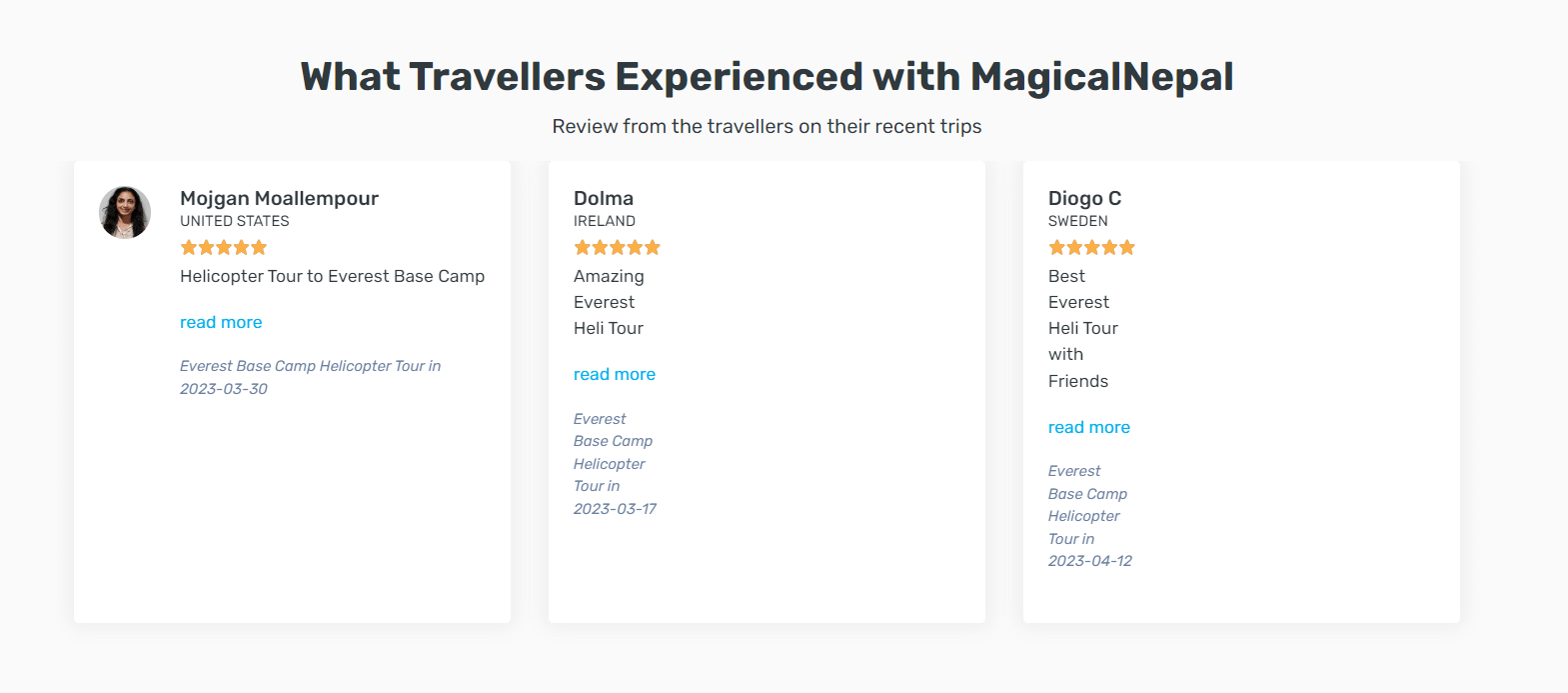
Personalization is the cornerstone of our business model. Each trekking experience we offer is tailored to the unique preferences and needs of our clients. However, as the business grew, maintaining this level of personalization became increasingly challenging.
AI provided the solution. By analyzing customer data, AI helps us identify patterns and preferences that inform the creation of personalized itineraries. Whether a client is interested in exploring remote cultural sites or embarking on a rigorous mountain climb, AI helps us craft experiences that align with their interests.
For example, we once had a client who was passionate about photography and wanted a trek that offered the best opportunities for capturing stunning landscapes. By leveraging AI to analyze data from past treks and customer feedback, we were able to recommend a route that perfectly matched their needs. This not only enhanced the client’s experience but also led to positive word-of-mouth and repeat business.
6. Automate PPC Campaigns
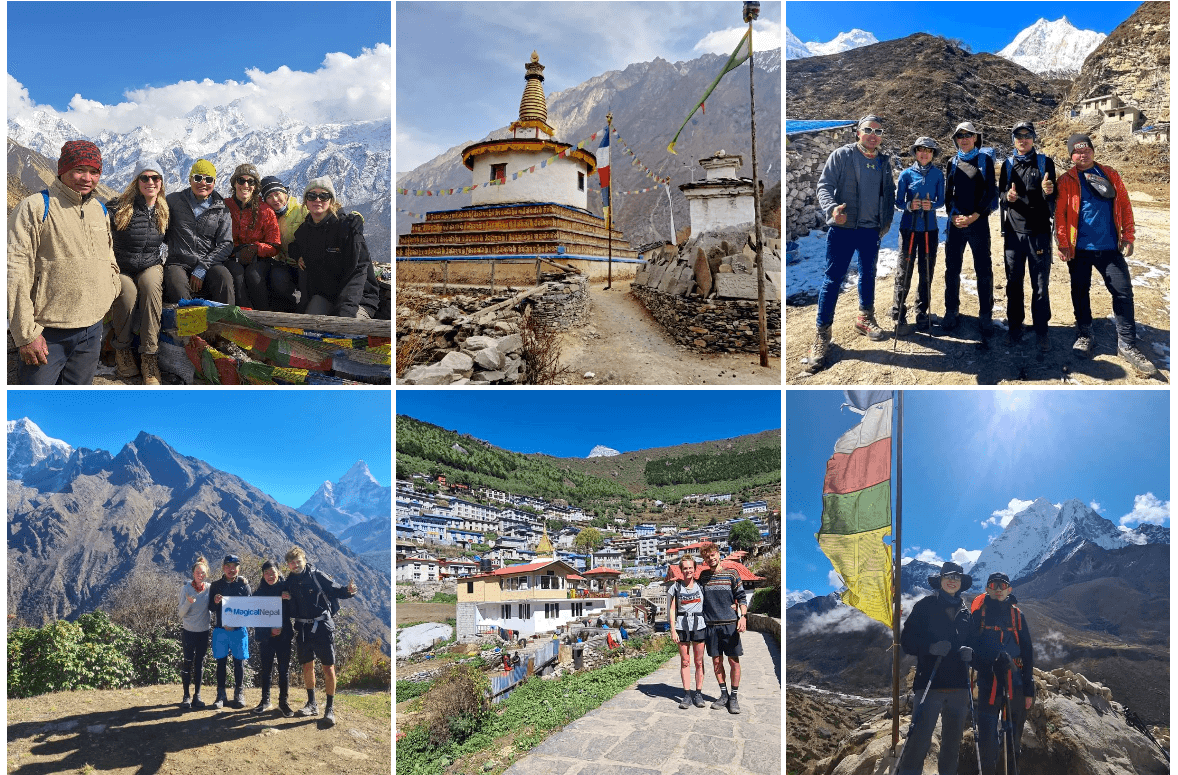
Digital marketing is crucial for attracting new customers, and AI has been instrumental in optimizing our PPC (Pay-Per-Click) campaigns. Initially, we managed our PPC campaigns manually, which was time-consuming and often led to suboptimal results. Integrating AI tools changed that by enhancing targeting precision and automating bid strategies.
AI-driven tools analyze vast amounts of data to identify the most effective keywords and audience segments, allowing us to target our ads more precisely. This has not only improved our ad performance but also maximized our return on investment. By continuously learning from campaign data, AI helps us refine our strategies in real-time, ensuring that our marketing efforts remain relevant and effective.
One of the key tools we’ve integrated is Simplified’s Social Media Analytics, which offers insights into customer engagement and social listening. This level of detail helps us understand which aspects of our campaigns are resonating with our audience, allowing us to make data-driven decisions that enhance overall campaign performance.
7. Don’t let any Query go Unnoticed
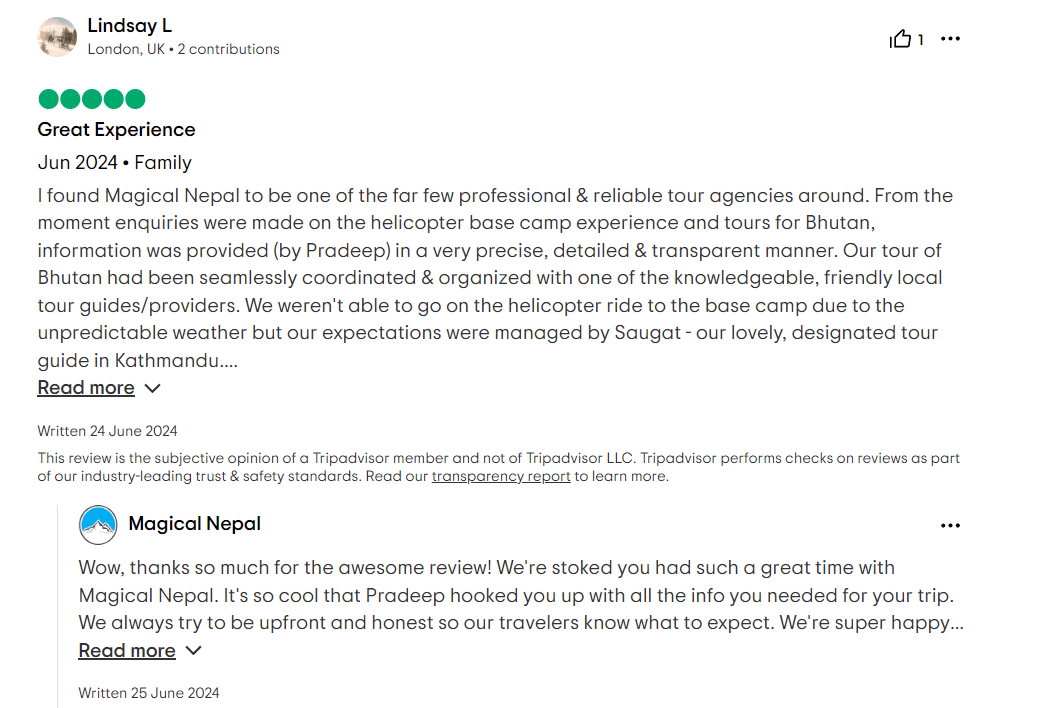
In the early days of my business, we handled customer inquiries manually. While this allowed for a personal touch, it quickly became a bottleneck as the business grew. The increasing volume of inquiries made it difficult to maintain the level of responsiveness that our customers had come to expect. To address this, we turned to AI-powered chatbots, which have since revolutionized how we manage customer interactions.
AI has enabled us to handle a high volume of inquiries efficiently, providing instant responses to common questions and freeing up our team to focus on more complex tasks. The chatbot learns from each interaction, improving its responses over time and allowing us to offer a consistently high level of service.
But AI’s role extends beyond customer service. By analyzing customer data, we’re able to create highly personalized trekking itineraries that cater to individual preferences, whether it’s a focus on cultural experiences, wildlife, or challenging routes. This level of customization has significantly boosted customer satisfaction and engagement, with many clients returning for repeat adventures.
8. Stay Adaptable and Innovative
The business landscape is always changing, so it’s vital to stay adaptable. Listen to customer feedback and be open to making changes. Innovation should be at the heart of your growth strategy—whether it’s adopting new technology, exploring new markets, or refining your product or service offerings.
Pro Tip: Regularly review and refine your business processes. What worked in the early stages may not be effective as you grow, so be willing to pivot and experiment with new ideas.
Embracing Technology: AI and SEO as Catalysts for Growth
As our business grew, we recognized the need to embrace technology to manage our expanding operations and enhance our marketing efforts. AI and SEO became essential tools in our journey, helping us streamline customer interactions, optimize digital marketing campaigns, and personalize trekking experiences in ways we never imagined possible.
Incorporating AI allowed us to handle a growing number of customer inquiries efficiently while still maintaining the personalized touch that our clients value. By analyzing customer data, AI helped us create customized itineraries that perfectly aligned with our clients’ interests. On the marketing side, AI-driven tools transformed our PPC campaigns, improving targeting and maximizing ROI.
SEO played a crucial role in driving organic traffic to our website. However, our journey with SEO wasn’t without challenges—we made mistakes along the way, such as focusing too much on keyword stuffing and neglecting mobile optimization. But we learned from these missteps and leveraged AI-powered SEO tools to refine our strategy, leading to significant improvements in both traffic and conversions.
Conclusion
Our journey with Magical Nepal has been driven by a commitment to innovation, personalized service, and sustainable practices. By embracing digital marketing, leveraging AI tools, and maintaining a strong brand identity, we’ve been able to grow while delivering unique and memorable experiences to our clients.
For those looking to build their own businesses, the key lies in staying adaptable, continuously learning, and embracing the tools and technologies that can help you scale without losing the personal touch that sets you apart. As we continue to evolve, our focus remains on creating meaningful and personalized adventures, all while supporting local communities and preserving the beauty of Nepal for future generations.

